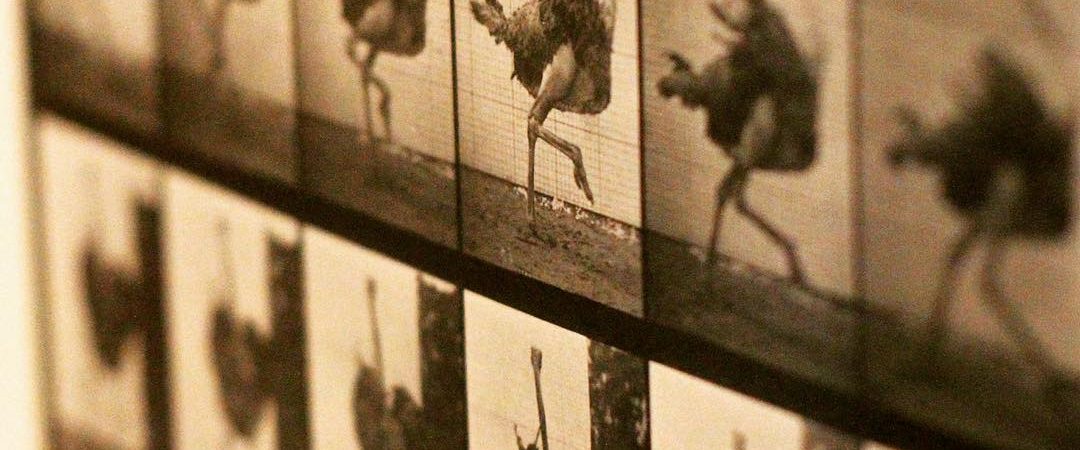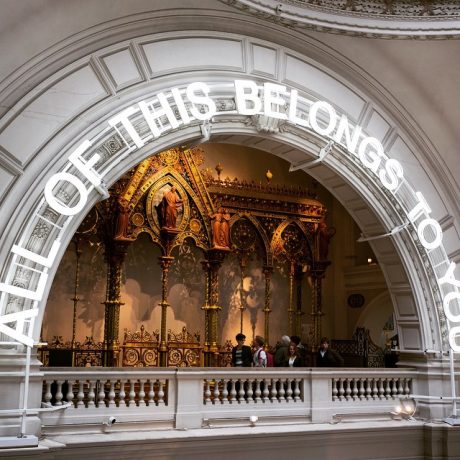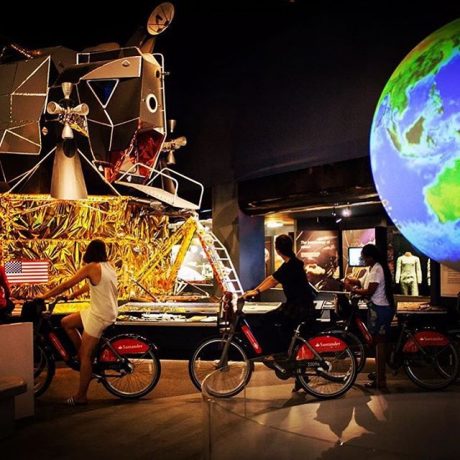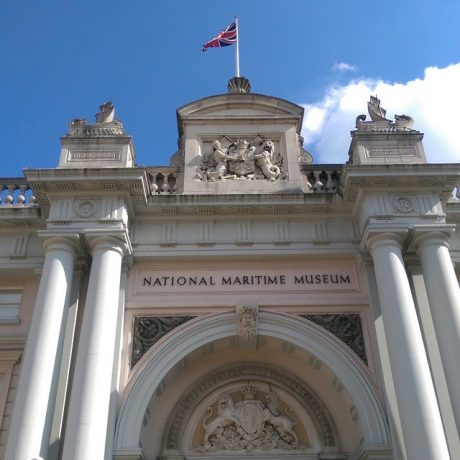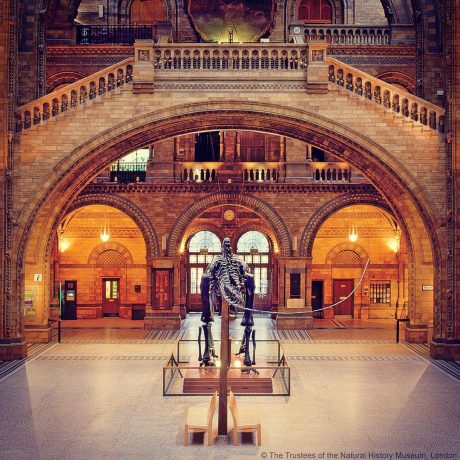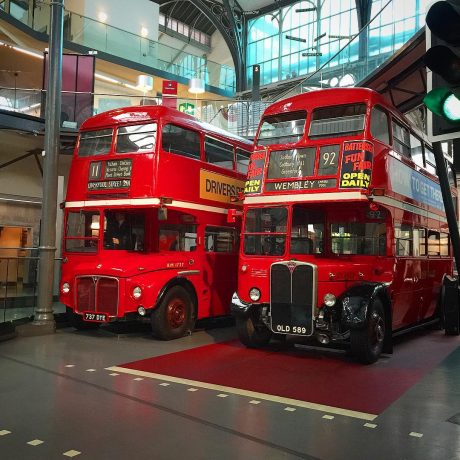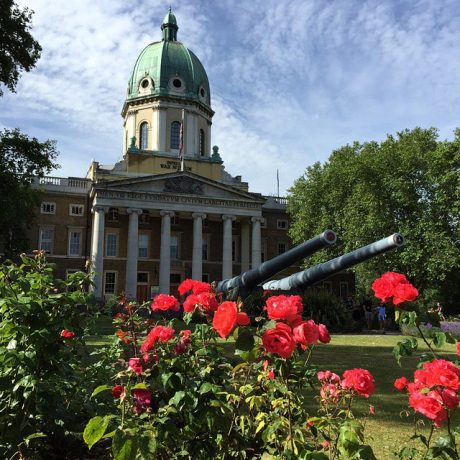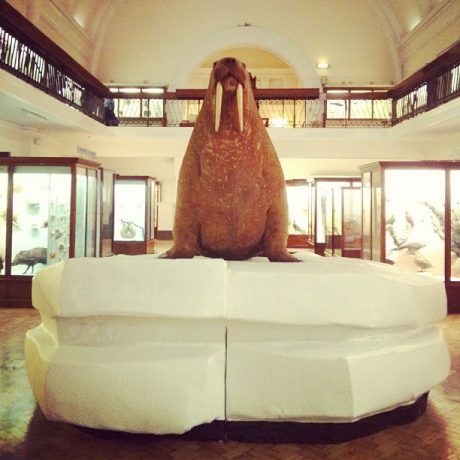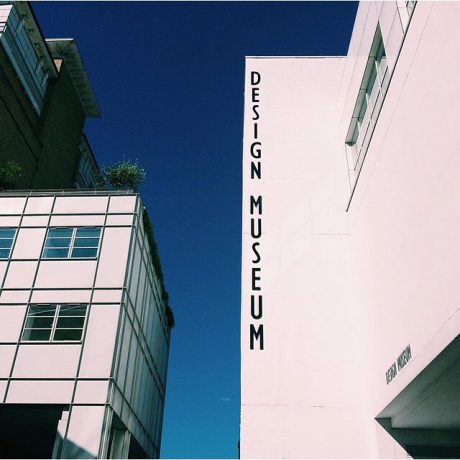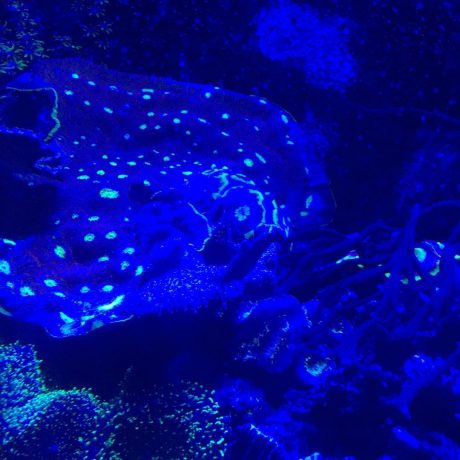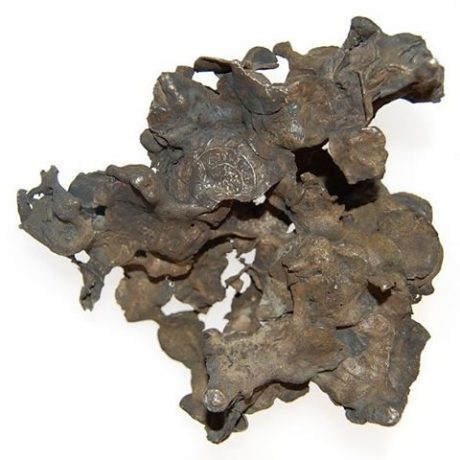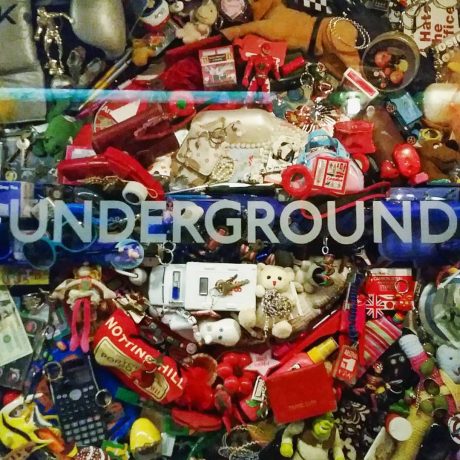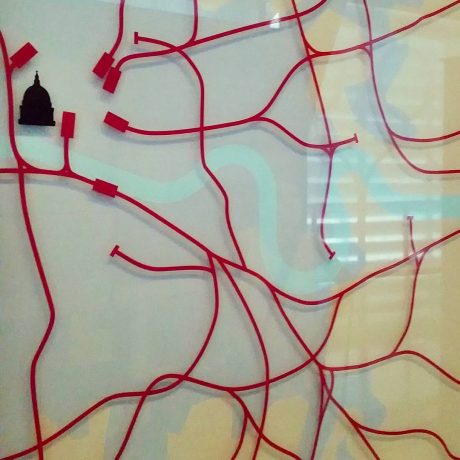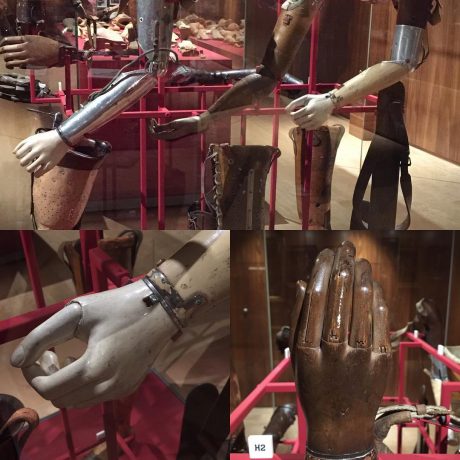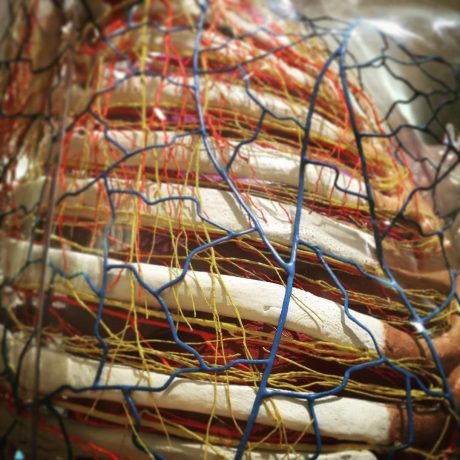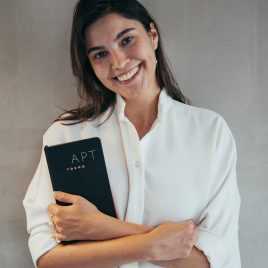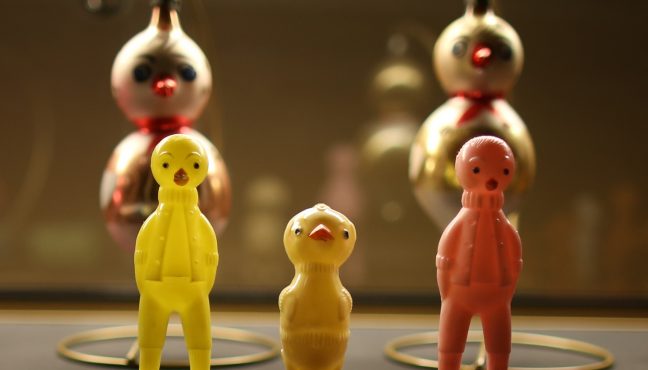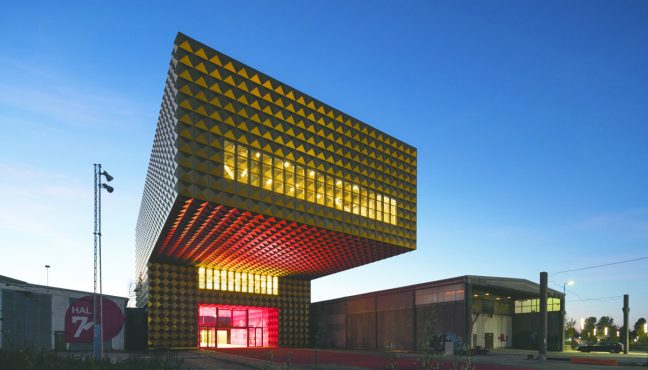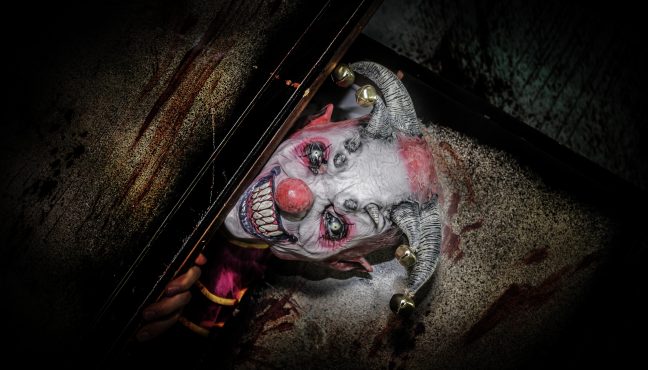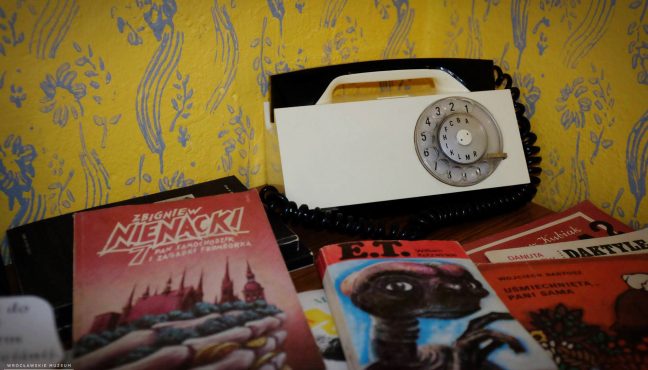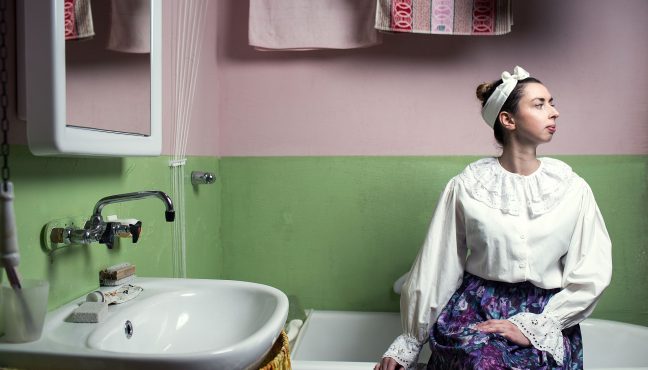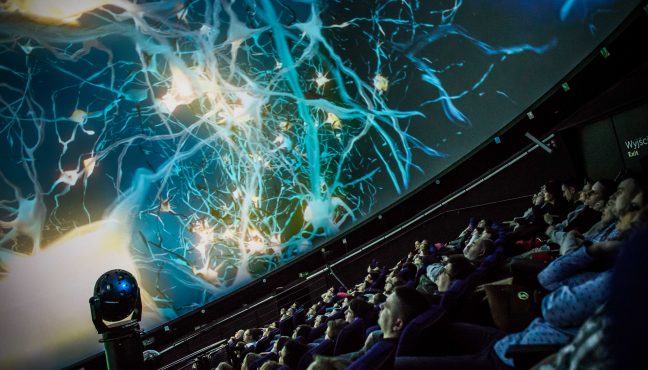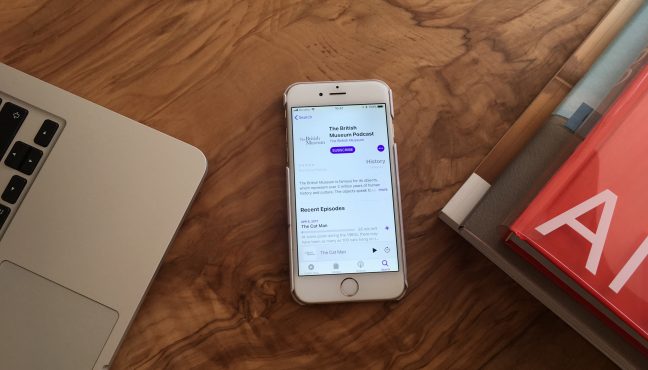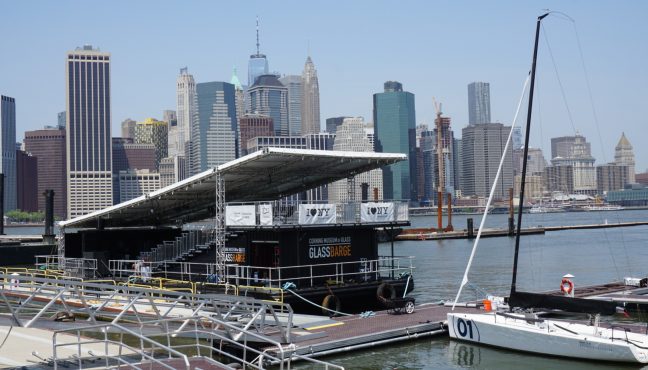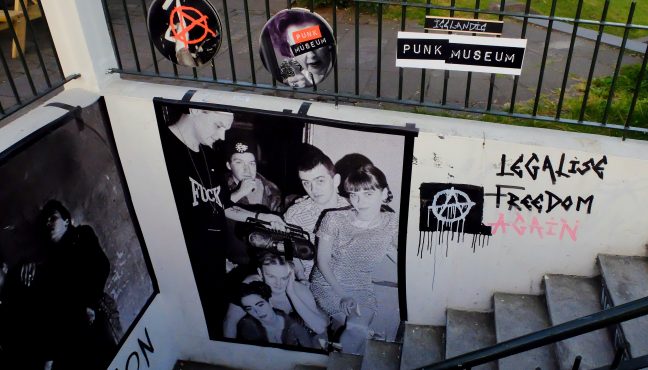It is common to believe that the artworks make museums what they are. But we believe that museums are much more than the collections and we always support uncommon take on museums. As soon as we heard of #MuseumInstaSwap we volunteered to take part in it. Great artworks are unique, but they sometimes echo one another and it was a treat to see museums exploring other institutions’ content and describing what they favor the most and why. Russell Dornan, Web Editor of Wellcome Collection in London, who came up with the idea of museums sharing each other’s collections on Instagram answered our questions and shared his experience.
How did you come up with this idea?
I came up with the idea for #MuseumInstaSwap after Londonist listed their ten best London museums on Instagram. Seeing museums with such a wide range of collections, subjects and sizes represented made me think we should try some kind of cultural exchange: an exciting way to collaborate and share our content in a new way, especially on a platform as dynamic and engaging as Instagram. Instagram still feels like an exciting social media channel and our audience seems very engaged in what we do. It allows you to explore themes visually in a pleasing way that can be easily commented on, shared, aggregated and embedded elsewhere. I suggested the idea of pairing up with each other and sharing each other's content to the other nine museums on the list and everyone was up for it. We met in our new Reading Room, discussed the finer details of how it would work and here we are. I subsequently got in touch with Instagram, explained the idea and they kindly offered a bit of advice and support.
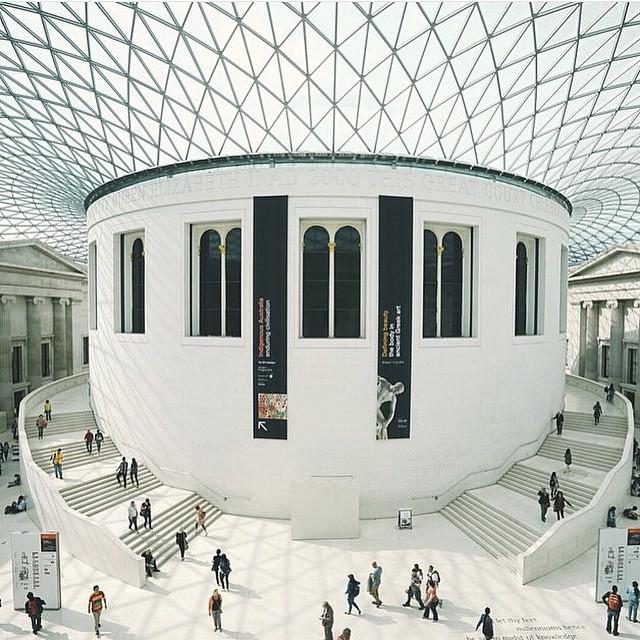
Was the process of convincing museums quite complicated?
The museums didn't really need convincing. I think it was a fairly simple idea that everyone understood: coming together to share our collections in a way we haven't really done online before. Some of the ten museums involved had been involved in the First Time Out project a few years ago, where six objects each went on display at six different institutions on a rotation. In retrospect, #MuseumInstaSwap feels like a coincidental companion project. Also, doing it online meant anyone could follow the project.
The more interesting challenge was nailing down the exact nature of the project. The ten museums involved all have very busy schedules and different ways of working, both organizationally and online. Making sure we were all satisfied with the approach of the project and happy that we could each deliver what was required was very important. Even if just one of us was unable to commit to a certain aspect of it, it would have undermined the collaboration. Similarly, watching some museums change their approach entirely was a joy.
"One thing I particularly enjoyed was seeing how certain museums interpreted the methodology: despite them using Instagram quite differently to how they usually would, small idiosyncrasies occasionally revealed the "house style" of a particular institution."
What is the outcome?
The idea of #MuseumInstaSwap was for all of us to show our audiences a different museum’s material and vice versa. We had some great comments from people who discovered museums they didn’t previously follow on Instagram. It was a way for our combined audiences to discover new museums, or see their favorites through a different lens.
I wanted the project to let the public experience our themes in a new way. When you interrogate a museum object from a totally different angle or place it in a different context, it brings an exciting new perspective to it and makes you think about it in a fresh way. We know our audiences enjoy our museums and are interested in our themes, so it was fun to show them something seemingly unrelated to us, but using their interest in our subjects to subvert what we were showing them. When we looked at one of the London Transport Museum (LTM) maps of London, it reminded us of a brain, both in terms of the aesthetic and the network of channels that allows the city/brain to function.
When they looked at our Transparent Woman anatomical model, the London Underground was evoked: the hidden circulatory network of veins and arteries that lie just underneath the surface of our skin and the complex structure of tunnels concealed beneath the concrete of our city.
"It was also a way for us to look at our themes and subject areas in a way we may not have done before. Visiting a museum that at first seems quite separate, but then finding fascinating links and dynamic or unexpected ways to explore common themes has been amazing."
We saw the classic Underground roundel at the LTM made from lost property and it resonated with us because the meaning of objects is something we've explored a lot. We relished highlighting this vast shrine of mundane, everyday things that were made special by their constant proximity to their owners, infused with identity and an extension of the self (and then separated from them, perhaps forever).
Similarly, the LTM was able to riff on the lost property angle using our historic prosthetic limb collection, objects that routinely get handed into their lost property office. A connection that not many people might make, but put staff from the LTM and Wellcome Collection together in a gallery, and these sorts of links are pleasingly plentiful.
I’d love to see other museums try it out on the same scale. There were murmurings on social media throughout the week and I can’t wait to see what comes of it. Munich museums have already planned their own, calling it #MunichInstaSwap. The final outcome of the project was for the public (and other museums) to get involved themselves by using the hashtag on the Saturday and Sunday of that week. We urged other museums to pair up and swap their material, as well as asked the public to respond to the question “If you started a museum, which of our objects would take pride of place?”. This was done in conjunction with Culture Themes.
Why do you think such projects matter for museums now?
I feel it's important to show that museums are perhaps more involved with each other than some people think. We're not totally isolated or siloed, rather, we’re all looking to do the same thing: enlighten, entertain and engage people. Projects like this allow us to come together and do just that. Museums form networks and work together in many ways and #MuseumInstaSwap was a clear way to show that. It's also a little bit about how the world communicates now. There's something appealing about, say, celebrities or brands we respect interacting on social media. Seeing them step away from the corporate, marketing approach and have a bit of fun with the platform can be entertaining (if done well) and the subsequent impact can be huge. I don't see museums as being that different.
If two museums you like have a conversation on Twitter, it's like an endearing glimpse into something you don't often see. And if it's a jovial or candid exchange, it can be particularly amusing or engaging. As long as it's carried out with a bit of sensitivity (the amount of which varies between museums), I think it's great to see and projects like #MuseumInstaSwap feed into that ethos. Social media and other digital tools also extend our reach beyond the walls of galleries. A collaboration like #MuseumInstaSwap meant the reach of our stories and objects was amplified beyond the level any of us have as individual organizations.
How many works have been swapped?
All ten museums posted between one and four images per day on average. A total of 130 photos were shared between them over five days, with a further 300 posted over the weekend by other museums and their audiences. You can see all the photos posted by the ten main museums here and follow the hashtag for the rest.
Favorite swaps?
I enjoyed seeing all the photos posted by the museums, but I've managed to pick out one from each pair that I particularly loved. The first is by the Natural History Museum, taken in in the V&A. It's a great picture, but more than that it's a brilliant way of linking one museum's themes with another's. The connection to both is clear and it feels like a tangible meeting point for two quite different museums. I also like this because we have a lot of Eadweard Muybridge's photographs in our own collection too.
Next up is a photo by the Science Museum. This 3D-printed prosthetic limb from the Design Museum is a perfect example for #MuseumInstaSwap. Echoing both contemporary design/manufacturing techniques and historic prosthetic limbs, this image of science and design working together sums up these two museums. Again, we have our own extensive collection of prosthetic limbs and are interested in medical innovations, so no surprise that this is a winner for us.
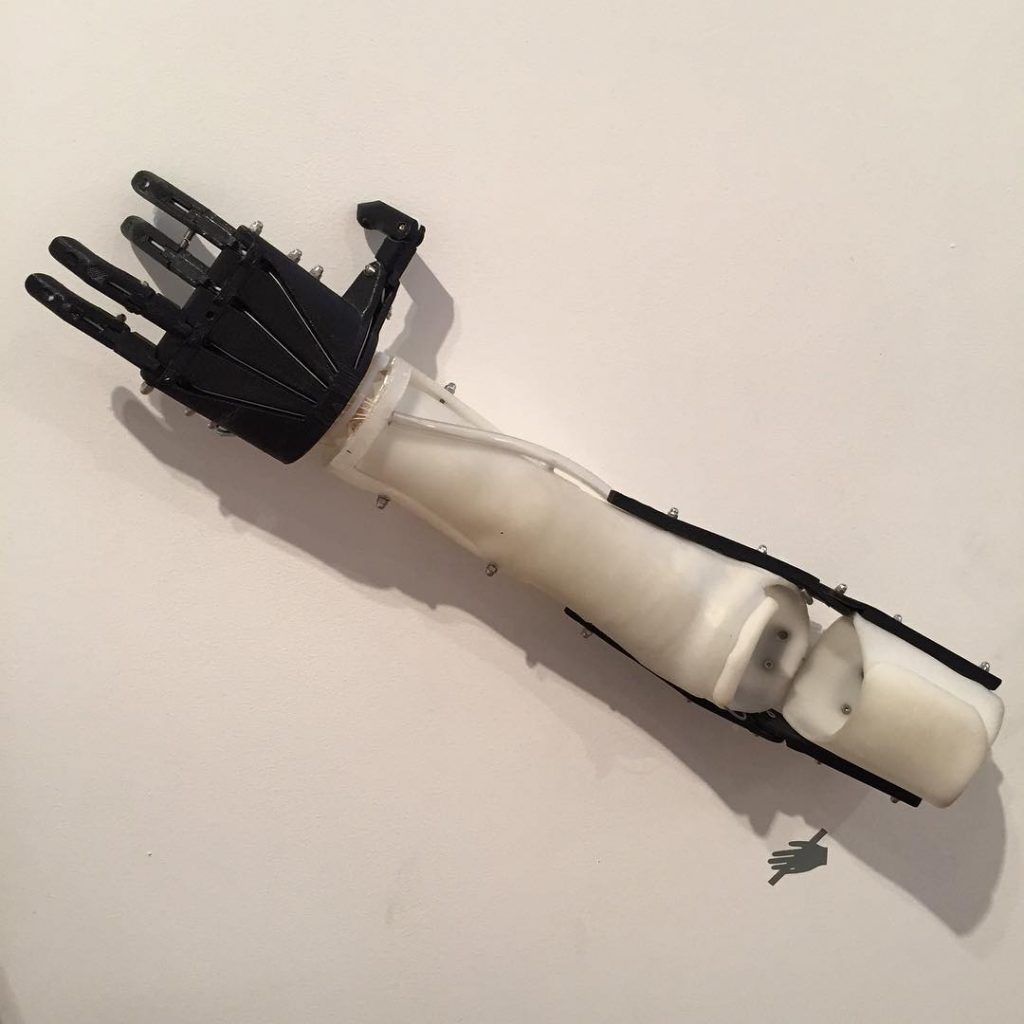
Although not the cheeriest of subjects, the Imperial War Museums' photos of damage done to objects from the British Museum during WW2 is fascinating. One museum's history is directly relevant to the story the other tells. It provides an enlightening insight into how one museum was affected at a certain point in time, during a specific historic event. And how that object, although damaged as a result, tells that story.
